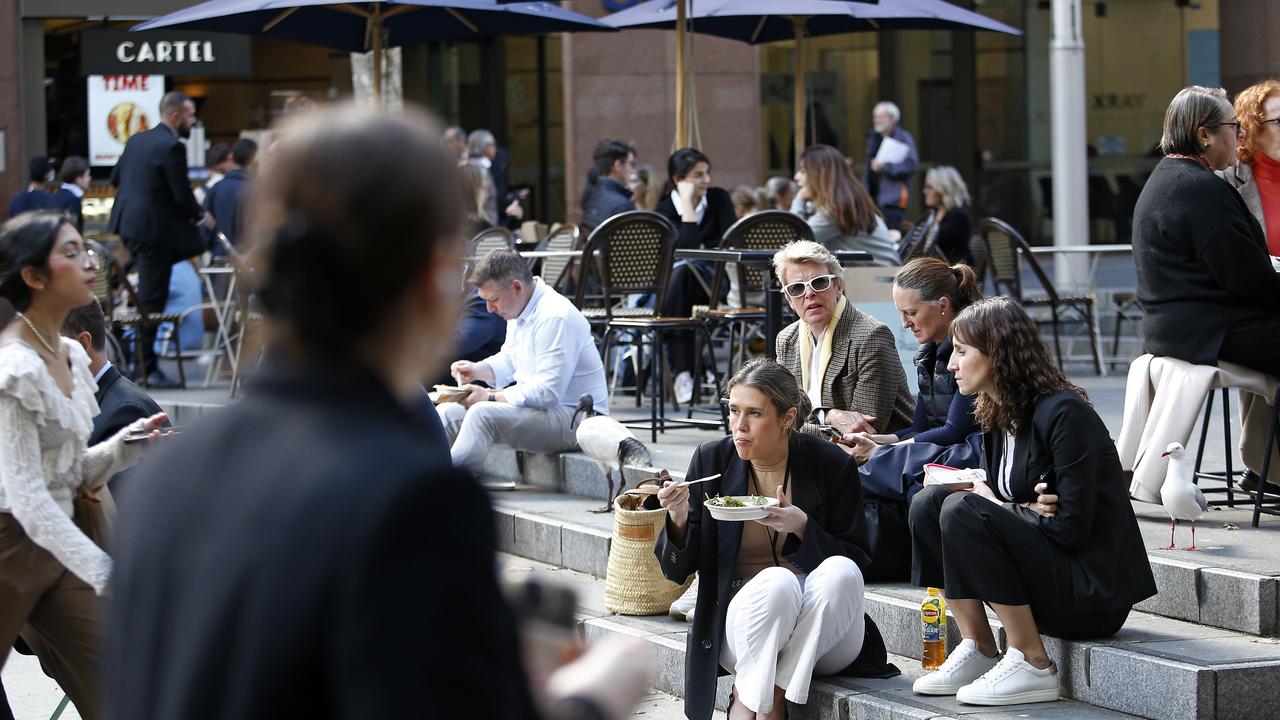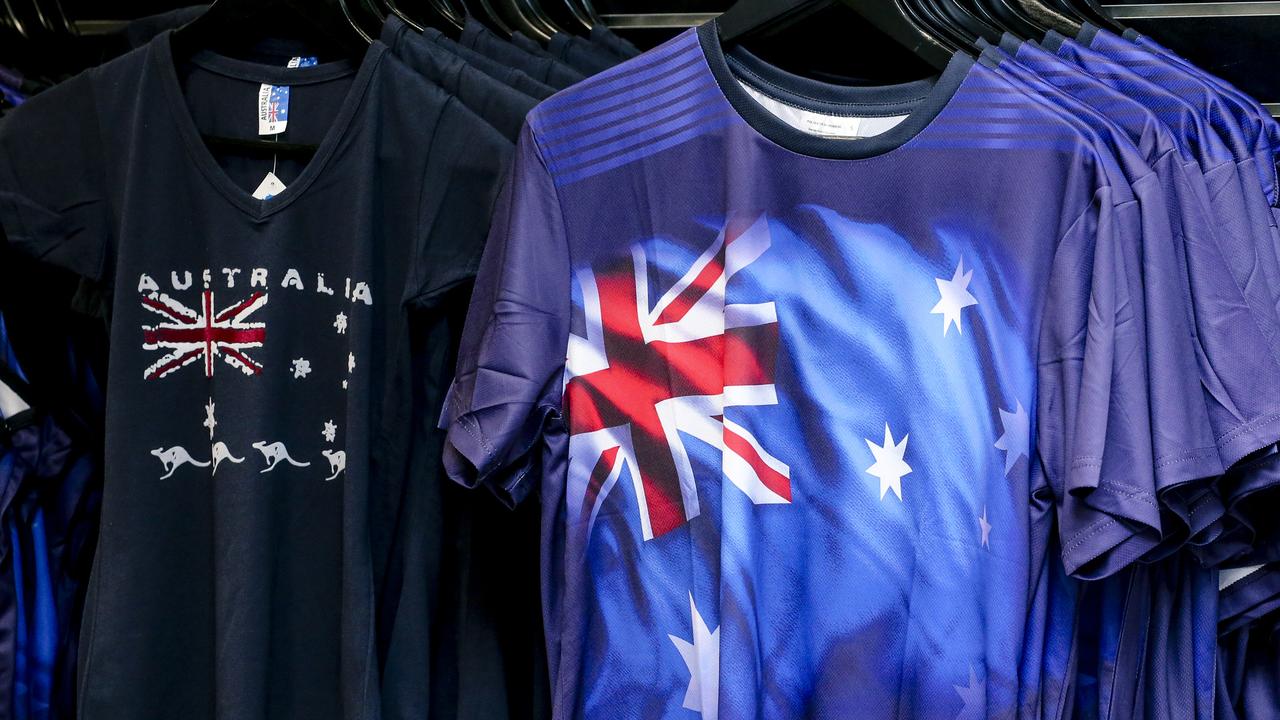Inflation to cause $2000 hit to Australian bank accounts
The average Aussie could risk losing more than $2000 in twelve months by making one simple mistake with their finances.
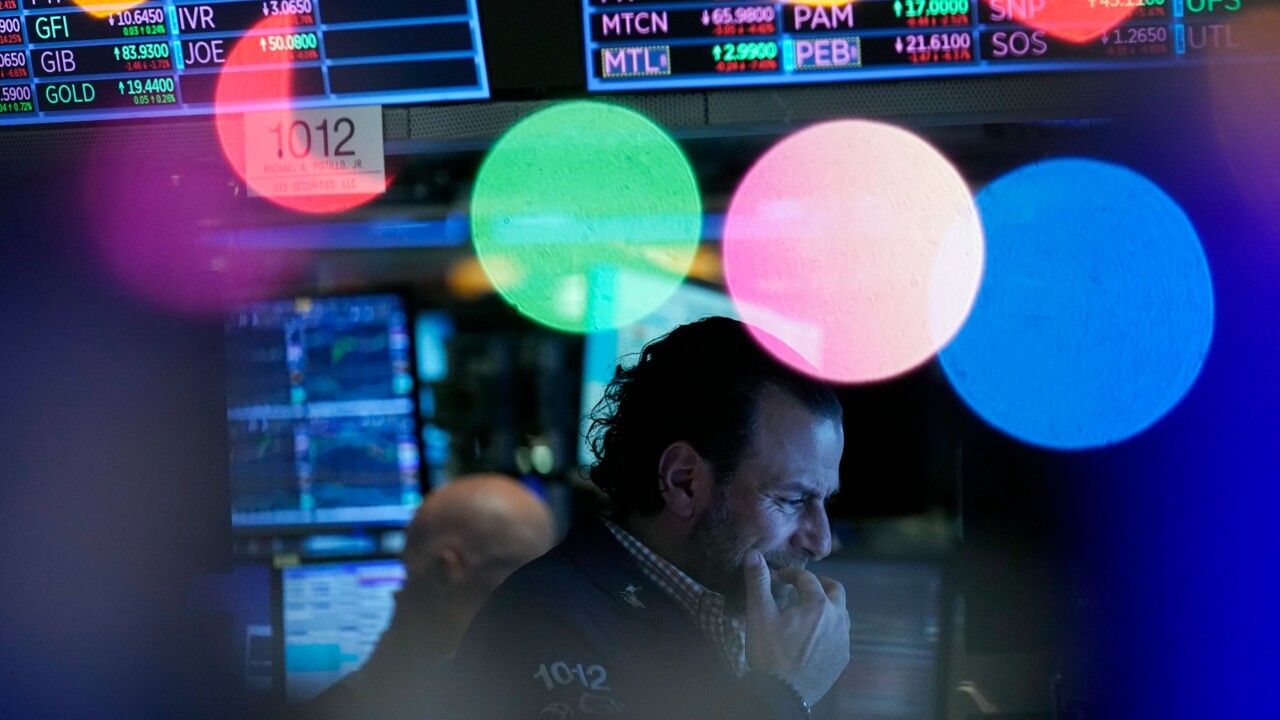
Australians are being urged to consider what they’re doing with their savings as inflation continues to savage their purchasing power.
Calculations from fixed income investment app Blossom have found that the average Australian could lose $212 per month or $2553 over the next year if they don’t have proper plans in place to make the most out of their money.
That figure comes from the average Aussie having $34,507 tucked away in their savings account, with Blossom co-founder Gaby Rosenberg urging individuals to prevent their money from being eroded by inflation.
“We’re in a super difficult economic environment,” she said.
“Wages aren’t rising as fast as inflation, inflation is the highest it’s been since the 80s, the RBA is hiking interest rates, mortgages are rising and that’s being passed off to renters.
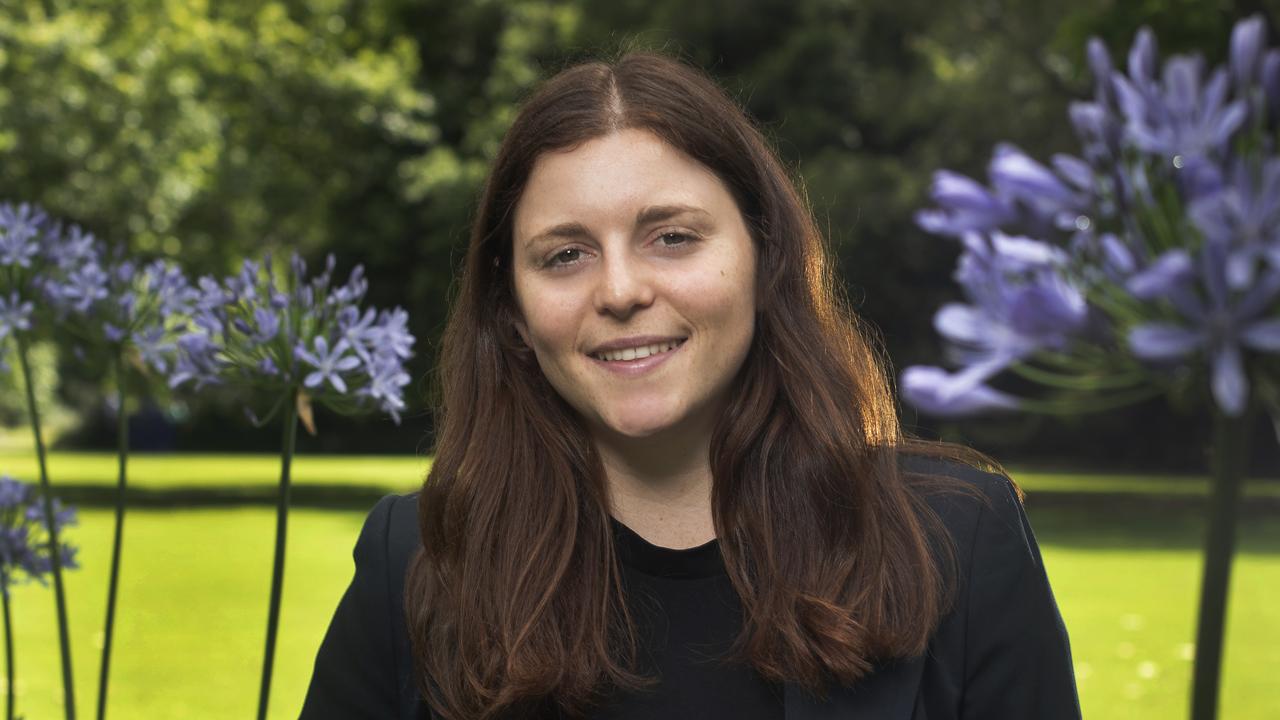
“We’re in an economic storm and it’s caused Australians to really start feeling the pinch of the cost of living crisis, and it’s putting people in really precarious situations.”
Over the past 12 months, inflation has risen to 7.0 per cent, according to the Australian Bureau of Statistics.
Ms Rosenberg has outlined the three options for people in terms of what to do with their money: keep it in a savings account, invest in shares or put their money toward fixed income.
Fixed income investments include assets such as government or corporate bonds, and provide a return in regular payments over a fixed time period.
The returns for this type of investment are generally paid out twice a year, however, Blossom pays out its investors every day.
This type of investing is seen as less risky than investing in the share market, but generally requires thousands of dollars up front to get involved in.
That’s why Ms Rosenberg co-founded Blossom, an app that allows everyday people to participate in fixed income investing with as little as $1.
“The pre-existing fixed income options were really hard for everyday people, me, my friends, my colleagues, to access and so I wanted to try and provide that access,” she said.

“Some of the barriers to entry were minimum account balances of between $50,000 and $250,000 which for me was impossible.”
Blossom currently targets a 4.75 per cent return, with Ms Rosenberg saying they have hit that target 100 per cent of the time, and investors get paid out every day while they keep their money in the app.
Though the app offers “incredible flexibility”, financial expert Chris Burge urged Australians to consider the different options and what they want to use their money for, saying he wouldn’t necessarily recommend fixed income investing through the app.
“The investing you want to do depends on your age and your objectives and why you’re holding the money ... I’d imagine this has been developed to help people grow a deposit for a home, something like that,” Mr Burge said.
“If your purpose is to invest long term, it’s shares; if it’s short term, it’s cash; but if its something in-between, it could be fixed income.”
According to Ms Rosenberg, one in three people using Blossom are saving for a home deposit.
“We’re seeing people realise that fixed incomes are actually a really good tool and alternative for their savings instead of just storing everything in the bank,” she said.
Mr Burge regularly helps clients invest in fixed-income, however he said that it’s not for everyone and Australians should consider which product is right for them.
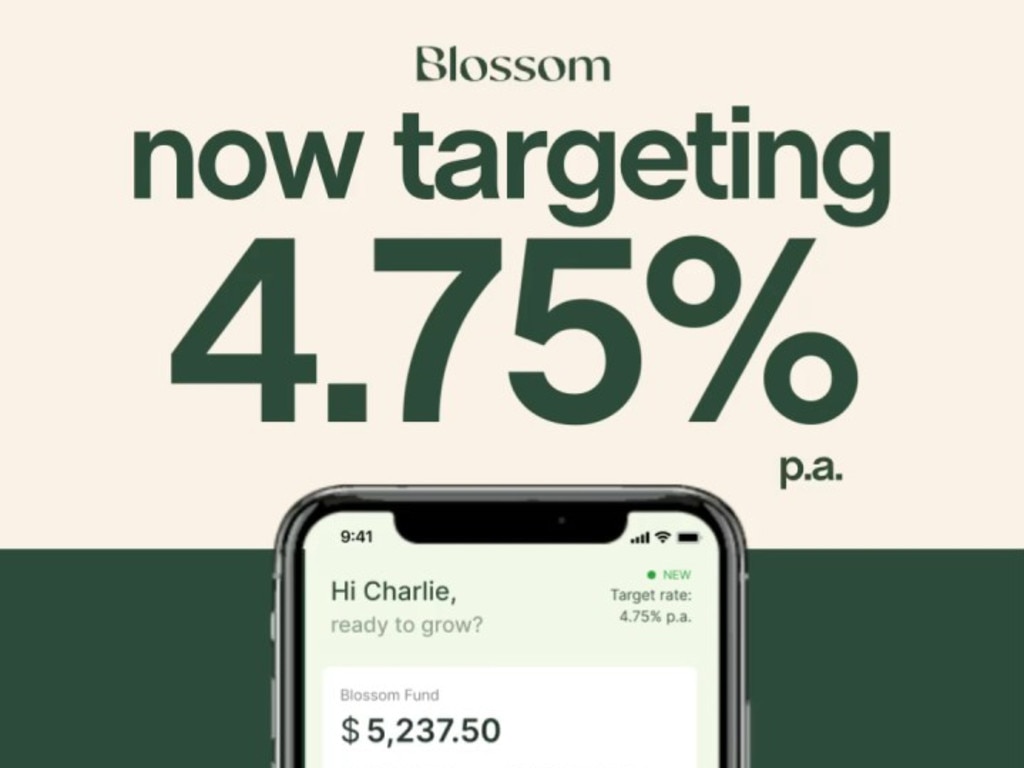
“If you’re looking to invest for five or ten years, you should really be going into growth assets like Australian shares or property or something that has a growth component to it,” he said.
“Fixed income for us is a defensive part of the portfolio that helps manage volatility when equity market moves around.”
He said investing through a product such Blossom was “interesting” but urged that “there’s a bit of competition for your dollar”.
“I just did a six-month term deposit for a client that was at 4.6 per cent return, and that’s government-guaranteed zero risk, but obviously they needed to put down between $50,000 and $100,000,” he said.
“Most people are also smart enough to get out and get an ING (savings account) or something like that that’s paying four per cent interest.”


